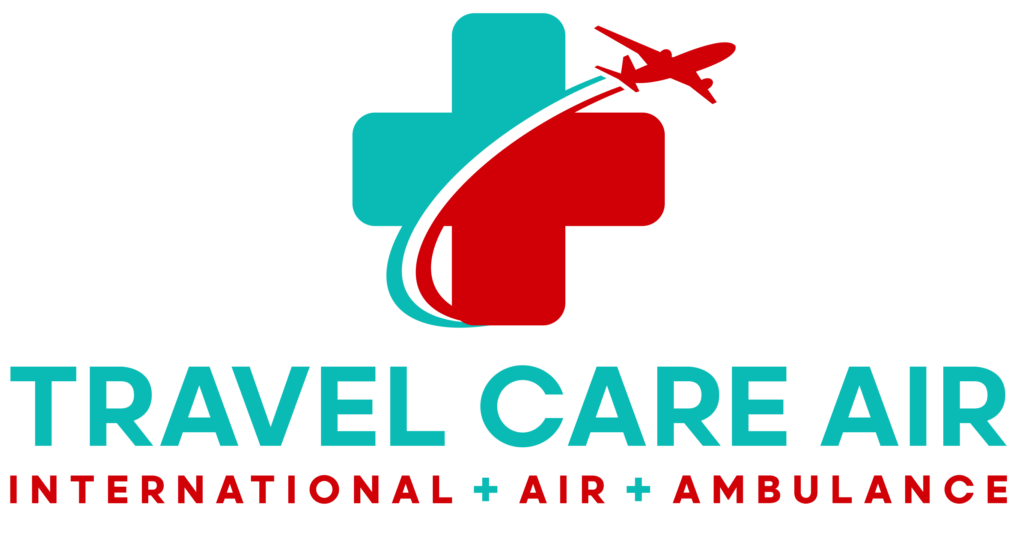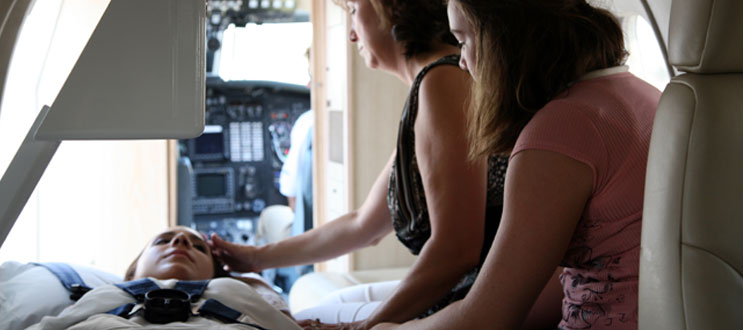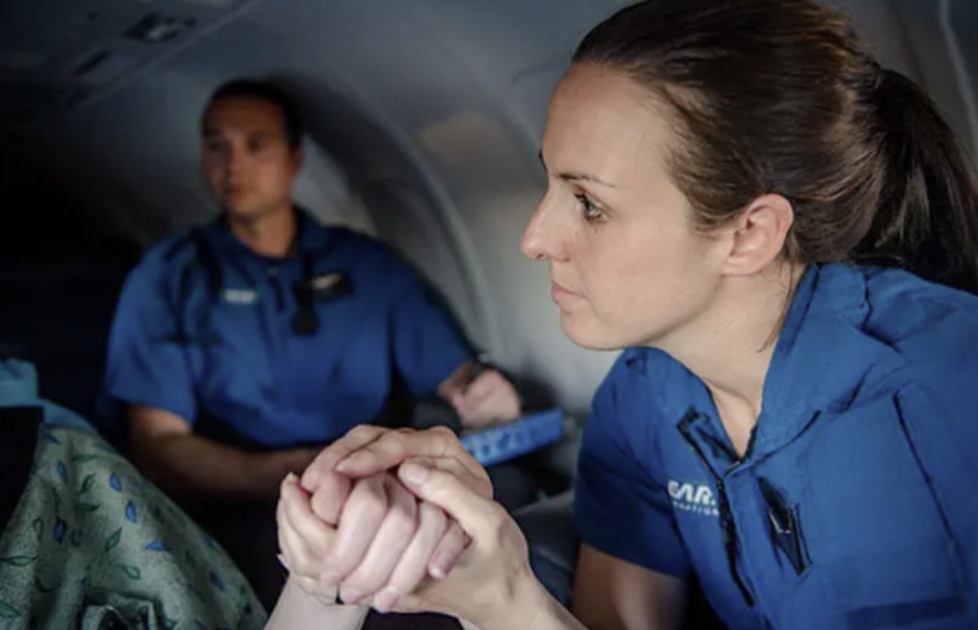Families naturally want to be involved when a loved one is being moved for further care, but it’s not always clear how to help. The air medical transport process is more than moving a patient from one location to another. It’s a coordinated effort where the skilled crews handle all of the medical requirements, while loved ones are needed to help provide reassurance, organization, and support the patient with their presence.
Understanding your important role in the journey can make a real difference. Knowing the family role air ambulance teams value, and how you can support your family during medical flight arrangements, is going to boost your confidence, and help you stay calm and connected throughout the entire process. This guide was created to help explain how you can participate in the air ambulance process in ways that are the most meaningful, supportive, and appreciated by the professionals who are caring for your loved one.
Here’s What You’ll Learn:
- What the air medical transport process involves from start to finish
- How families can give their support before, during, and after the flight
- Simple ways to help in the patient air transport process
- The role of the family during medical flight situations
- Answers to common questions about cost, who can fly, and how it all works
Understanding the Air Medical Transport Process
The air medical transport process is specially designed to move patients safely and efficiently from one location to another, but there’s a lot more going on behind the scenes than many people realize.
It starts with intake, where medical information is carefully reviewed to determine all of the patient’s unique needs. After that, clearance is given by a physician, and the logistics are coordinated between the sending and receiving facilities. Once everything is in place, the flight team steps in to handle the transport itself, followed by a handoff to the next care provider.
Several professionals are involved at each stage, including case managers, transport coordinators, the flight team, flight nurses and other medical staff. Every step is carefully planned out to ensure that the patient is safe and as comfortable as possible, but the process also allows for flexibility when families need to be involved.
The family role air ambulance providers value most is clear communication, calm support, and solid preparation. Families are often able to speak with the coordinator, receive updates during the flight, or help out with the planning process on either end of the journey.
Understanding the air medical transport process helps families know how to best be of assistance during patient air transport while also being mindful of specific patient needs during air transport, including things like medical stability and emotional comfort.
Before the Flight: How to Help Prepare
There are so many different ways that you can support your loved one before the air medical transport process even begins. One of the most helpful things you can do is gather the right information (things like medical records, current medications, and identification documents) so that the transport team has everything they need.
You can also offer emotional support by helping to ease nerves and clearly explaining to the patient what they can expect. Reassurance from a familiar voice can go a long way.
As part of how to help a family member in an air ambulance, don’t hesitate to ask the transport coordinator questions. You can confirm what’s being provided during the flight, what needs to be packed, and what things are going to be required after arrival.
Preparing ahead is one of the best ways to support patient air transport, and it helps the flight team focus on giving care while you help take care of the details that matter most to your family.
During the Flight: Staying Connected and Supportive
For some transfers, a family member may be allowed to travel alongside the patient. If that’s an option, the team will explain what’s required and what space is available. When that’s not possible, there are still a lot of meaningful ways to stay involved.
The family during medical flight plays an important role, even from a distance. Staying in touch with the transport coordinator or the receiving medical team helps you stay informed and ready for arrival. Sending simple check-ins or updates before and after the flight can also reassure the patient that they’re not alone in this process.
One important part of how to help a family member in an air ambulance is trusting the medical crew and their ability to manage the care. These professionals are trained to monitor the patient’s needs during air transport and respond to changes quickly and safely. Your support, paired along with their expertise, is what will make the journey smoother and less stressful for everyone involved.
After Arrival: Continuing Support for a Smooth Transition
Once the air medical transport process is complete and your loved one arrives safely, your role doesn’t end there. Families often help coordinate follow-up care, manage paperwork, or speak with the hospital staff at the receiving facility to confirm the next steps.
Helping the patient get settled, rest, and adjust to the new environment is just as important as the transport itself. The family role air ambulance teams rely on often includes bridging the gap between the flight and the next phase of care.
If needed, you can debrief with the transport team to ask questions or share helpful information. Staying in contact for updates and being available for continued support are some really important ways to support patient air transport beyond just the flight. Being present and prepared during this final stage can make recovery smoother for everyone involved.
You’re an Important Part of the Journey
The air medical transport process is not just about getting a patient from one place to another…it’s about care, coordination, and connection at every step. When families are involved in meaningful ways, the experience becomes safer, smoother, and more comforting for everyone involved.
From helping with documents before takeoff to providing emotional support after landing, your presence makes a massive difference. The family during medical flight can offer a sense of stability that supports both the patient and the transport team. Even when you’re not onboard, you are still a very important part of the journey.
At Travel Care Air, we understand how important that role is. For more than 40 years, our experienced team has guided families through medical flights with professionalism and compassion. Whether your loved one needs a local transfer or an international air ambulance, we’re here to help you stay informed and supported from start to finish.
If you have questions about the Air Medical Transport process, please reach out today at 1-800-524-7633.
Frequently Asked Questions
How much does it cost to fly in an air ambulance?
The cost of an air ambulance varies depending on the distance, level of care required, and whether insurance provides any coverage. Flights can range from several thousand to tens of thousands of dollars.
How do medevac flights work?
The air medical transport process includes medical evaluation, coordination between facilities, a trained flight crew, and continuous in-flight monitoring until the patient is safely transferred to the receiving facility.
How to support the air ambulance?
Families can support patient air transport by staying in communication with the transport team, asking questions ahead of time, and remaining calm and organized before and after the flight.
How many people can go in an air ambulance?
In most cases, space is limited. How to help a family member in an air ambulance starts with understanding the aircraft’s capacity and working with the provider to determine if a companion can travel along.



